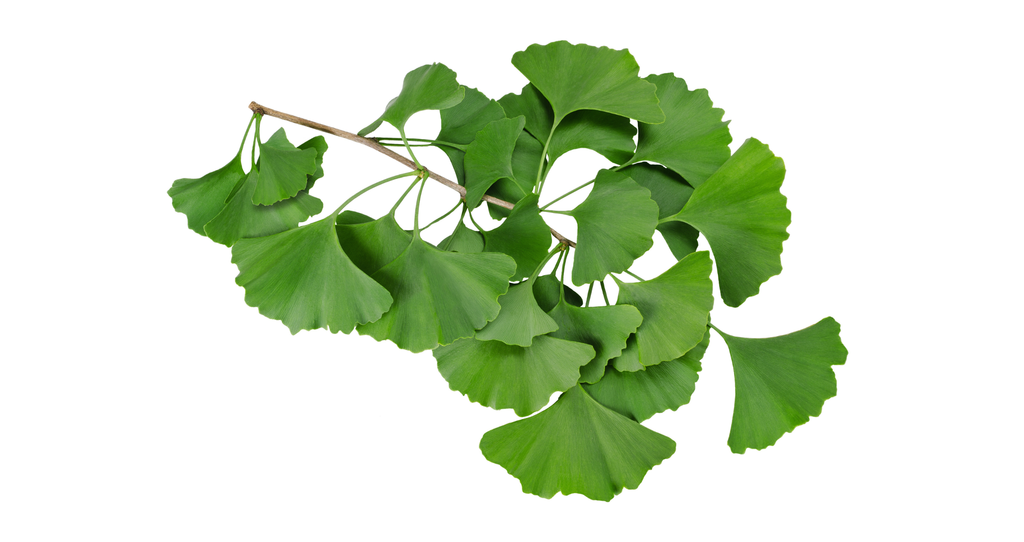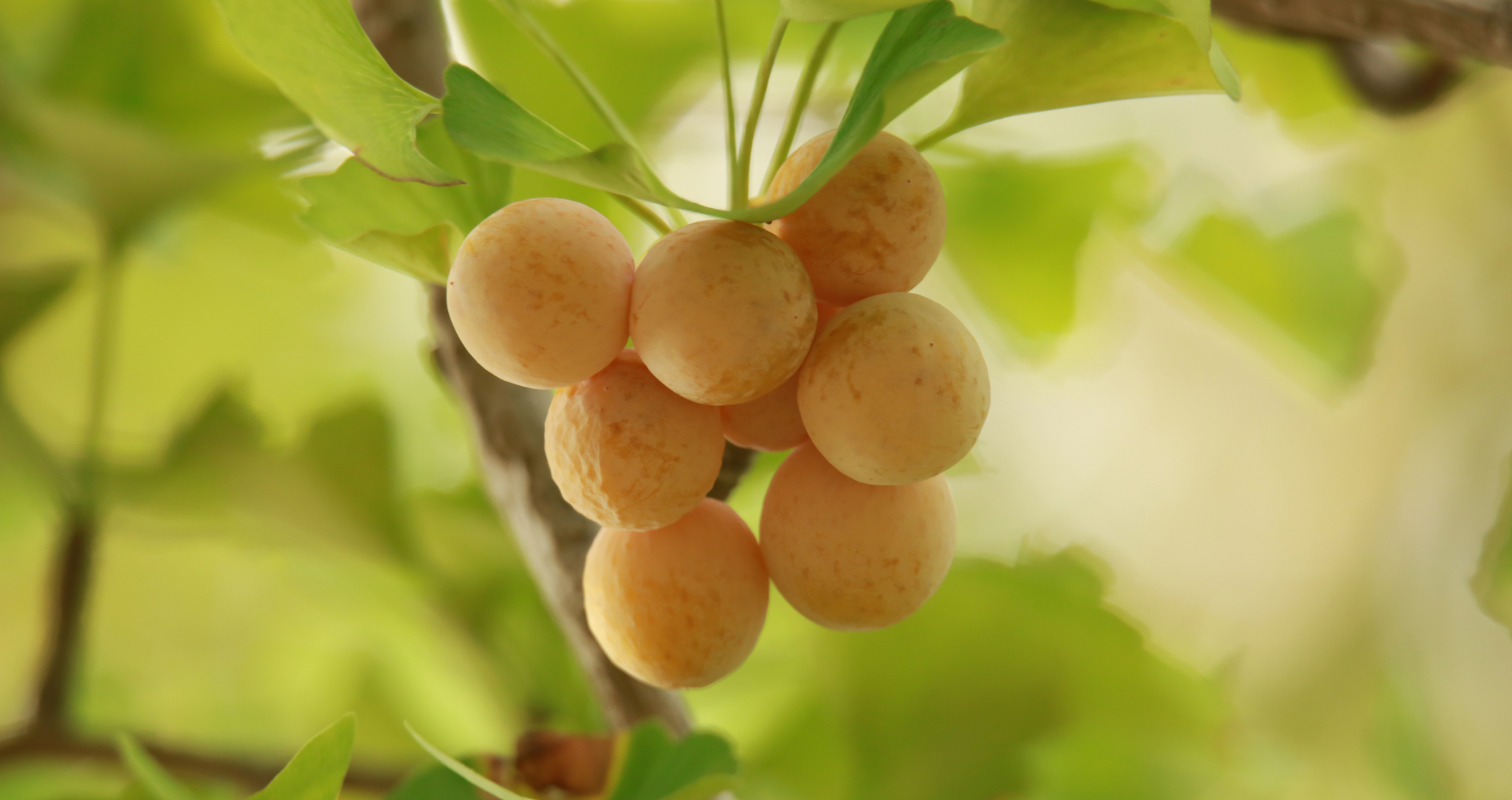
Ginkgo biloba ( Ginkgo biloba ) is called the temple tree in Danish and the tree is called "Venus's hair" in English. The Latin name "biloba" means "two leaves" and refers to the leaf shape of the Ginkgo tree. With origins that can be traced back to at least 240 million years ago, the Ginkgo tree has witnessed both the extinction of the dinosaurs and experienced ice ages. That's why the tree is also called "Living Fossil".
Ginkgo trees can grow up to 30 meters tall and 10 meters wide. The plant's leaves look like small light green fans and have a leathery texture. The tree will lose its leaves in the fall. Before that, however, those leaves will turn a beautiful yellow, adding color to the fall season. The fruit of the Ginkgo tree looks like a small plum and has a distinctive scent, said to remind people of spoiled avocados.
The ginkgo tree originated in China, but today grows in many different parts of the world – including in Denmark. We can often see Ginkgo trees in parks and since the tree seems to be unaffected by surrounding pollution, it can also be seen along busy roads. There is a difference between male and female plants. Female trees produce fruit that is both fragrant and falls heavily on streets in the fall, so male trees are often chosen to be planted along roads and avenues.
Ginkgo – a tree with many functions
More than 50 million Ginkgo trees are planted worldwide. Not only does this tree have a beautiful appearance, but it has also become popular. Extracted from the leaves of the Ginkgo biloba tree, it is one of the most used ingredients in the world in health foods, and this tree also plays an important role in art, culture, and religion. religion and especially in Asian cuisine.
Ginkgo trees are commonly found in Buddhist temple gardens in China, Japan and Korea and their wood is used as a material for carving religious images. The beautiful stems and leaves of trees are often used as inspiration for everything from jewelry and sculptures to poetry and paintings.
In the kitchen, people do not use wood, leaves or fruits. Instead, people eat the seeds of the fruit - it is even considered a delicacy in Asian cuisine. The seeds are extracted from the fruit and then boiled or roasted in a pan. The seeds are reminiscent of chestnuts and they are used in both sweet and savory dishes.

Ginkgo biloba in food protects health
Ginkgo biloba is one of the most used ingredients in the world in health protective foods. But what is Ginkgo biloba really good for? Ginkgo biloba is used in health-protecting foods because of the following benefits:
- Actively contributes to the circulation (microcirculation) of the organs of vision, hearing and brain.
- Helps enhance memory in old age.
In theory, you could eat Ginkgo leaves every day and absorb the beneficial ingredients of the leaves. However, very few people can easily make Ginkgo biloba part of their daily diet – and therefore, the intake of Ginkgo leaves through nutritional supplements can provide essential benefits. real. When Ginkgo biloba is included as an ingredient in health foods, the leaf components are extracted through a controlled technological process, after which the extract is dried. When the extraction and drying process is carried out, the concentration of beneficial substances increases. The result is a compact tablet with all the beneficial ingredients.
The positive effects that one must highlight of ginkgo, are regulated through EU law. If a use is clearly demonstrated, it can be used in health protection products in significant quantities. Several applications about the effects of plants and plant parts are currently on the waiting list and can also be used to explain to consumers the expected effects of the product.

